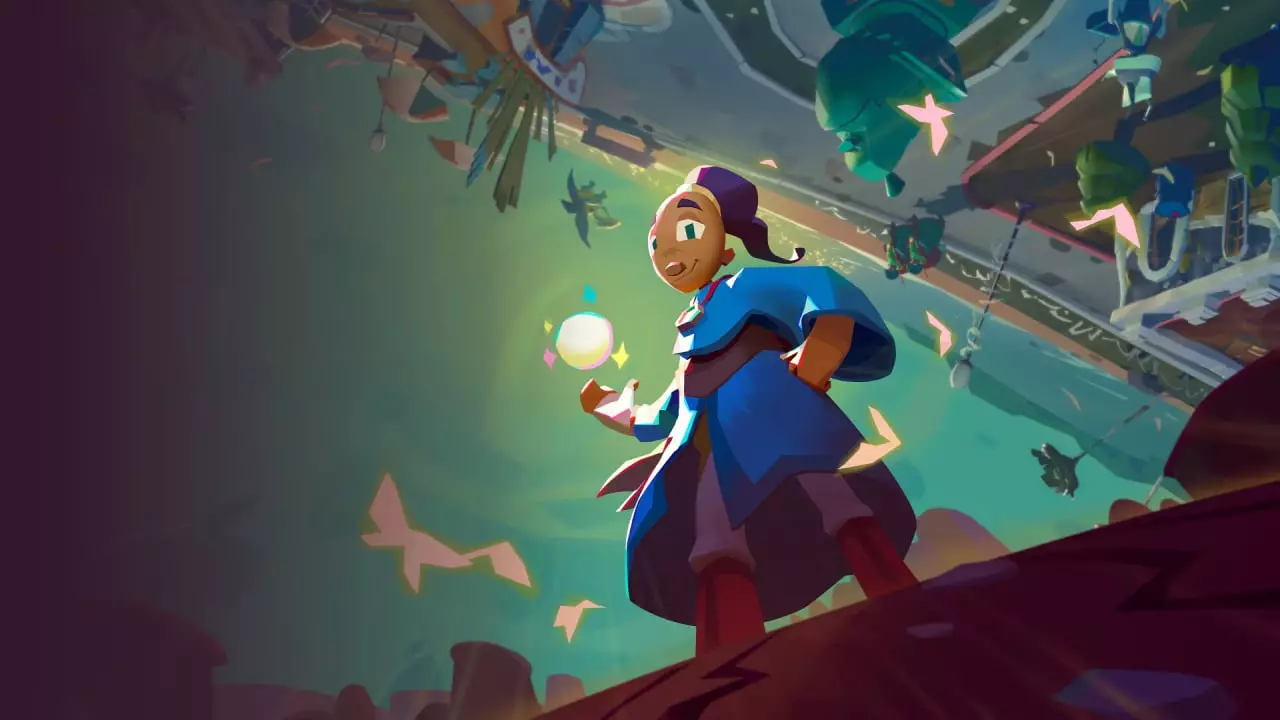Little Big Adventure, initially launched in 1994, holds a significant place in the hearts of a fanbase that still reverberates with nostalgia today. Developed by Adeline Software, this game wasn’t a commercial juggernaut but its idiosyncratic charm led it to cultivate a cult following. The release across several platforms, including PC and PlayStation, widened its reach, allowing players to experience its thoughtfully crafted narrative about a young hero, Twinsen, in a vibrant world brimming with character and whimsy. Understanding the renewed interest in this franchise requires delving into its history and evolution, especially as we now witness the birth of Twinsen’s Quest—a reboot that aims to recapture the enchantment of the original while navigating the expectations of a modern audience.
The Ambitious Remake
One of the most exciting developments surrounding Twinsen’s Quest is the involvement of original team members from Adeline Software, including composer Philippe Vachey. The move to reignite the spirit of the original game is further supported by contributions from dedicated fans of Little Big Adventure. This blend of nostalgia and new creative impetus aims to create a contemporary vision of a beloved classic while staying true to its core. The ambitious plan for a trilogy reportedly didn’t come to fruition back in the day, but with this remake, the dream is being rejuvenated.
The foundation of the storyline remains largely the same but imbued with modern nuances. The prologue initiates a narrative that echoes the original plot, centering around Twinsen’s rise from the confines of an asylum, due to his prophetic visions. This narrative evolution is designed to enhance player engagement while rethinking the representation of familiar characters—a noteworthy effort in today’s gaming landscape.
Revamping Mechanics and Controls
As an adventurous title in a genre often marked by clunky controls, Little Big Adventure originally employed a unique mood system, where Twinsen’s state influenced his movements and interactions. While innovative in its time, the tank controls and mood switches ultimately constricted gameplay, presenting a challenge for any potential remake. 2.21’s decision to abandon these outdated controls is a bold yet necessary step forward, ushering in a more streamlined navigation experience.
One might expect this modernization to lead to seamless movement, transitioning smoothly between sneaking, walking, and running all at a player’s discretion. However, the new system presents its own complications; notably, Twinsen is always set to run, with walking as an awkward toggle. This design choice may feel constraining given the depth of experience the original controls promised.
While the exclusion of the mood system might ruffle feathers among purists, it may serve the larger goal of making the remake both accessible and enjoyable for modern gamers. However, the absence of fluid animations—particularly the character’s abrupt stopping motion—can detract from immersion, which is critical for a title that thrives on charm and exploration.
The shift from 2D isometric graphics to 3D visuals represents both a creative risk and a leap towards modernization. While the aesthetics have transformed into something more whimsical and colorful, this new direction raises questions about consistency with the original feeling. The updated visuals can quickly overshadow the core story elements that initially captured players in the ’90s.
The storytelling remains compelling despite the adjustments. Players continue to engage with a series of fetch quests and character interactions that mirror the quirky charm of the original game. However, the reliance on back-and-forth dialogue and cumbersome quests might frustrate some players, particularly if they encounter navigation issues or missed progress prompts—an unfortunate consequence of an unpolished experience.
In many respects, Twinsen’s Quest represents a bold experiment in revisiting a classic. The dedication to remaking Little Big Adventure with respect to its legacy speaks to the enduring power of nostalgic titles. However, the need for polish remains paramount, as players encounter bugs and inconsistencies that challenge their gameplay experience.
The initial magic of the original game may be partially dulled by these modern missteps, but the essence of Little Big Adventure still shines through in its narrative richness and colorful world. Whether new players or veterans can embrace this adventure may ultimately hinge on their tolerance for the quirks that accompany game remakes. This journey might not shape the next 30 years of gaming, but without a doubt, it contributes a unique chapter to the ongoing dialogue surrounding beloved classics in the gaming community.

